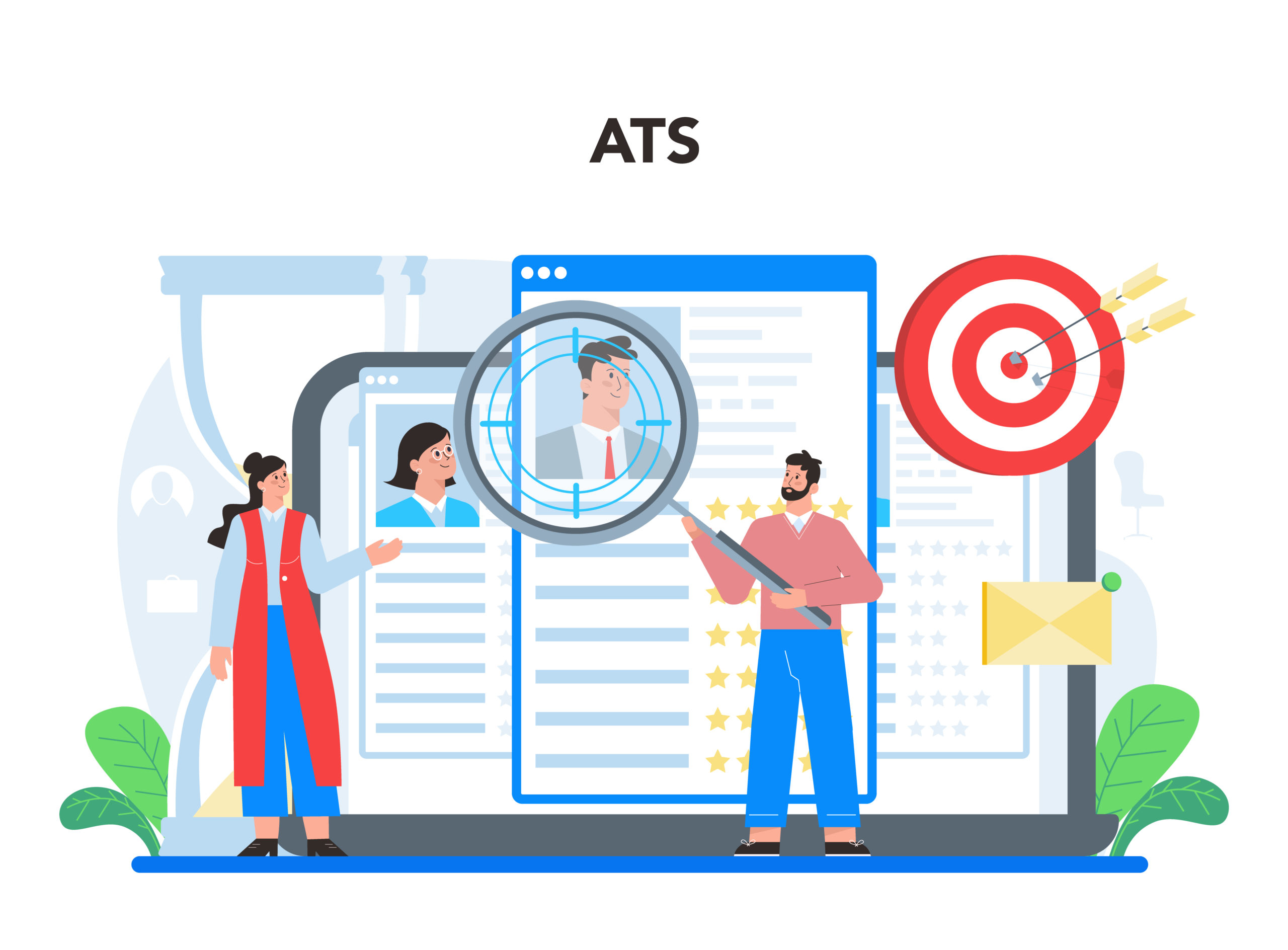So, you want to break into consulting…
but you’re not from a “target university,” and everyone keeps telling you the odds are slim.
Here’s the truth:
Top firms might have their favorite schools, but they don’t hire diplomas. They hire people who make them say, “We need this person on our team.”
I’ve coached people who came from lesser‑known schools, shifted careers, and even those who thought they had no shot, and they still landed interviews at MBB and other top firms.
In this guide, I’m going to show you exactly how you can do the same.
Let’s start with the reality you need to face first.
First, Let’s Get Real About “Target Schools”
If you’re not from a target school, don’t waste energy feeling behind.
Here’s what you need to know:
Most firms build relationships with a handful of universities because it’s efficient for them. That’s all it is. It doesn’t mean they only hire from there.
What they really care about is this:
- Can you solve problems like a consultant?
- Can you show them results that prove you’re worth their time?
- Can you handle the pressure of their interview process?
You might not have the same on‑campus opportunities, but you have something else, control over how you position yourself. And that’s what we’re going to work on in the next sections.
You’re not locked out. You just need to approach it differently.
Let’s dive in.
5 Ways to Build a Profile That Makes Them Stop and Look
1. Focus on Proof You Can Solve Problems

If you want a consulting firm to take you seriously, you need to show them.
Don’t just tell them that you solve problems like they do.
How do you show that?
- Share concrete situations where you identified a messy issue, broke it down, and created a fix.
- Use the same kind of structured thinking that is taught in case interviews.
McKinsey even outlines a seven-step problem-solving process they use internally, starting with clearly defining the problem and breaking it into smaller parts. - Don’t skip the narrative. Briefly explain your approach so they see your reasoning.
An example you can model:
Instead of “Improved internal workflow,” say:
“Mapped a failing process across three teams, identified two bottlenecks, and redesigned the workflow, cutting turnaround time by 30% within 3 months.”
That shows you think like an aspiring consultant, diagnose, solve, and deliver.
2. Use Metrics to Prove Your Impact
Consulting is all about creating impact.
Candidates who quantify their achievements are 40% more likely to get callbacks because numbers make accomplishments concrete
All those metrics, percentages, and revenue gained help recruiters visualize your value in business terms.
An example you can model:
Instead of “Helped reduce costs,” say:
“Negotiated vendor contracts, reducing supply expenses by 18% and saving $75,000 annually.”
See the difference?
The moment they see numbers, you stop sounding generic. You start sounding like someone who drives results.
3. Showcase Leadership in Any Setting
Top consulting firms place a high value on leadership potential.
They don’t just want analysts who follow instructions, they want future managers who can rally people, make decisions, and drive change.
Even if you’ve never had “manager” in your title, you can still prove leadership.
Where to find leadership stories:
- Led a student organization or project team?
- Took charge of a failing internal project at work?
- Volunteered to mentor new hires or interns?
A GMAC Corporate Recruiters Survey, 92% of employers look for proven leadership skills in business graduates.
So yes, leadership stories do matter.
But how do you say it?
“Led a cross‑functional team of 5 in implementing a new reporting system that reduced errors by 25% within 2 months.”
This signals: you can influence people and deliver results, exactly what firms want.
4. Build a Digital Presence That Speaks for You
Your resume isn’t the only thing recruiters check.
LinkedIn is now the front door.
Here’s what makes a digital profile stand out:
| What to Do | Why It Matters | Example |
| Optimize your LinkedIn headline with keywords like “Strategy Analyst” or “Aspiring Consultant” | Makes you show up in recruiter searches | “Problem-Solver |
| Add detailed bullet points with metrics | Proves impact, not just tasks | “Improved reporting efficiency by 30%, saving 50 staff hours/month” |
| Post or share insights on business and problem-solving | Shows thought leadership and curiosity | Share a short analysis of a current industry trend |
When you maintain a polished digital footprint, you’re working for yourself even when you’re not in the room.
Recruiters see someone who’s engaged, informed, and ready.
5. Keep Sharpening Your Skills (Because Firms Notice)
One thing top consulting firms look for?
People who never stop learning.
When they see you investing in yourself, it signals you’re coachable and hungry to grow, two traits they value highly.
What counts as skill‑building?
- Joining a strategy bootcamp or taking advanced Excel and data analysis courses.
- Practicing case interviews regularly and getting feedback.
- Learning frameworks and tools consultants use every day (issue trees, market sizing, financial modeling)
And honestly, this is something we constantly work on at High Bridge Academy.
We spend a lot of time helping students and young professionals sharpen these exact skills, not because it’s trendy, but because it’s what actually makes firms pay attention.
When you commit to ongoing learning, you’re not just padding your resume.
You’re telling firms, “I’ll keep leveling up even after you hire me.”
That mindset? It’s magnetic to recruiters.
Now that your profile is starting to look like someone consulting firms can’t ignore, let’s talk about the part most candidates overlook, actually getting in front of the right people early.
Because even the strongest profile needs doors to open.
3 Steps to Get in Front of the Right People Early

You’ve got a profile that makes recruiters pause. Great.
But here’s the truth: even the best profile doesn’t mean much if no one actually sees it.
Consulting firms hire through people, not portals.
Your next move? Get in front of the right people before you even apply.
1. Reach Out to Alumni and Associates
One of the fastest ways to cut through the noise is by connecting with people who have already achieved what you’re trying to do.
Start with alumni from your school, even if it’s not a target school.
Most alumni are happy to help when they see genuine curiosity.
Look them up on LinkedIn. Search for titles like Associate, Business Analyst, or Engagement Manager at firms you’re eyeing.
How to reach out:
“Hi [Name], I noticed you went from [Your School] to [Firm]. I’m exploring consulting and would love to hear about your journey. Would you be open to a quick 15‑minute chat?”
Short, specific, and respectful of their time. That’s how you get responses.
But why do this work?
A journal says that 63% of jobs come from referrals, not job boards.
Alumni often have an emotional connection to helping someone who is walking a similar path.
2. Build Genuine Conversations That Lead to Referrals
Once someone responds, don’t treat them like a transaction. Build a real connection.
Ask thoughtful questions:
- “What surprised you the most about consulting after you joined?”
- “If you were applying today, what would you focus on?”
After the chat:
- Thank them genuinely.
- Keep them posted on your progress.
- Share an article or insight they might enjoy (it shows you were listening).
When people feel valued, they’re far more likely to refer you.
Referrals carry serious weight.
3. Join Industry Events and Communities Where Consultants Hang Out
A lot of candidates rely solely on LinkedIn messages. But showing up in real-time makes you memorable.
Where to go:
| Type of Event | Why It Matters | Example |
| Consulting webinars or virtual open houses | Direct access to recruiters and consultants | McKinsey’s virtual recruiting events |
| Alumni networking nights | Warmer introductions and shared stories | University career center alumni meetups |
| Local business or strategy meetups | Casual conversations that turn into leads | Meetup.com strategy and analytics groups |
Pro tip: Don’t just attend silently. Ask one thoughtful question during the session or follow up with the speaker afterward.
This positions you as engaged, not desperate.
Master the Application Basics That Others Ignore
Here’s a hard truth I’ve seen again and again:
Even brilliant candidates lose interviews before they start… because their resume and cover letter are just okay.
Consulting firms see thousands of applications.
If yours doesn’t scream “I think like you do” in the first 30 seconds, they move on.
Let’s fix that.
1. Make Your Resume Scream “Consultant Potential”
Your resume has one job.
That is to make a recruiter stop and say, “Wait, tell me more about this person.” That means every line should show impact, not just responsibility. Instead of writing,
“Responsible for process management,” you might say, “Redesigned a workflow that cut processing time by 30% in three months.”
That shift alone changes how they see you.
Whenever possible, use numbers in the story. A line like “Negotiated vendor contracts and reduced annual costs by $75,000” instantly signals business value. Remember, consulting firms live on metrics; they want to see you speak that language.
And keep the whole thing clean and easy to scan.
TopResume research says that recruiters spend about six seconds on an initial resume scan.
Make those seven seconds work in your favor with clear headings, concise points, and results they can picture.
2. Write a Cover Letter That Shows You Get the Game
A lot of candidates treat cover letters as optional fluff. In consulting, it’s your chance to stand out by showing you’ve done your homework and that you understand their world. Here’s how to make yours work:
- Open with why consulting, and why them. Show that you’ve researched the firm.
“Your recent work on digital transformation in healthcare caught my attention because…” - Reference a project or initiative that connects with your own experience. This signals you’re not sending the same letter to ten different firms.
“The way your team approached X reminded me of how I tackled Y in my previous role.”
- Bridge to your own wins with specifics. Instead of saying you’re “interested in strategy,” show results that mirror their work.
“I built a market-sizing model that guided a $2M investment decision, exactly the kind of structured analysis I see in your teams.” - Close with confidence. A strong closing line positions you as ready, not hesitant.
“I’d welcome the chance to bring this problem‑solving mindset to your team.”
When you structure it this way, you’re proving that you already get the game.
That’s what makes them stop and pay attention.
Crush the Screening and Online Tests
Most people underestimate the early filters.
They think, “I’ll prepare once I get an interview.”
By then, it’s too late. Screening tests and online assessments are designed to see if you can think like a consultant under pressure.
If you want to make it past the gatekeepers, you need to train for them like an athlete trains for game day.
1. Practice Case Questions Before You Apply
Case questions aren’t just a final‑round thing anymore.
Many firms now weave mini‑cases into online assessments or even application forms.
If you’ve never practiced them, the format alone can throw you off.
Here’s how to build that muscle:
- Start with reputable resources. Platforms like CaseCoach and PrepLounge are built by ex‑consultants and mirror real interview cases.
- Learn the structure. Consultants expect you to break a problem into clear buckets. For example, if asked, “How would you grow a coffee chain’s revenue?” they want to hear you think in categories: new customers, pricing, operations, partnerships.
- Drill regularly, not just once. Candidates who practice live cases before an interview see a significant jump in success rates. That’s not magic; it’s familiarity and speed.
When you walk into a test having solved dozens of similar questions, you feel calmer, and more confident.
- Sharpen Your Mental Math and Business Intuition
Consulting screens are full of quick calculations: market sizes, ROI, break‑even points.
You won’t have a calculator, so your ability to work fast and accurately matters.
How to sharpen that edge:
- Practice mental math daily. Time yourself on basic operations, percentages, and approximations.
- Build business intuition through reading. The more you’re exposed to real business problems, the faster you’ll connect the dots in a case. Read a few pages of Harvard Business Review or McKinsey Insights daily. Notice how they frame problems and solutions.
- Learn to estimate with confidence. For example: “How many cups of coffee are sold in Manila each day?” You’re not expected to know, but you’re expected to reason logically and get to a ballpark figure.
When you combine solid math with a habit of reading business cases, you’ll tackle those tests like second nature, and that’s exactly what makes recruiters move you to the next stage.
Walk Into the Interview Like You Belong
When you finally get the interview invite, remember this: they’re watching how you think.
In a case interview, don’t go silent while solving talk them through your logic step by step.
Say things like, “Here’s how I’m breaking down the problem…” so they see your structure.
Even if you hit a dead end, they’ll respect that you’re methodical and adaptable.
At the same time, show them you’re coachable. If an interviewer nudges you with feedback, don’t get defensive, build on it.
Curiosity is equally powerful.
Ask smart follow‑up questions about their approach or the client context.
This combination of thinking out loud and showing genuine curiosity makes you feel like someone who already belongs on their team.
Here’s something you can keep in mind as you prepare:
| What to Do | Why It Matters | Example in Action |
| Think out loud during cases | Shows structure and transparency | “Let me outline how I’d break this down into market size and cost drivers…” |
| Respond well to feedback | Proves you’re coachable | When interviewer hints at a missed angle, say: “Got it — let me explore that side too.” |
| Ask thoughtful questions | Signals curiosity and engagement | “How do teams usually validate these assumptions in real projects?” |
You Don’t Need a Target School Badge to Win
Breaking into consulting without a target‑school name is absolutely possible.
What matters is how you show up with a sharp story, proof you can solve problems, and interview skills.
I’ve watched people from completely different backgrounds step into rooms they once thought were off‑limits, simply because they prepared the right way and believed they belonged.
That’s exactly what we build in Module 1 of High Bridge Academy’s Consulting Bootcamp, the Immersive Case Interview Course. We had candidates from non‑target schools land MBB offers once they stopped guessing and followed a clear prep system.
If you’re ready to start that journey and want guidance that actually works, reach out, we’d love to help. Schedule your discovery call and let’s get you there.


